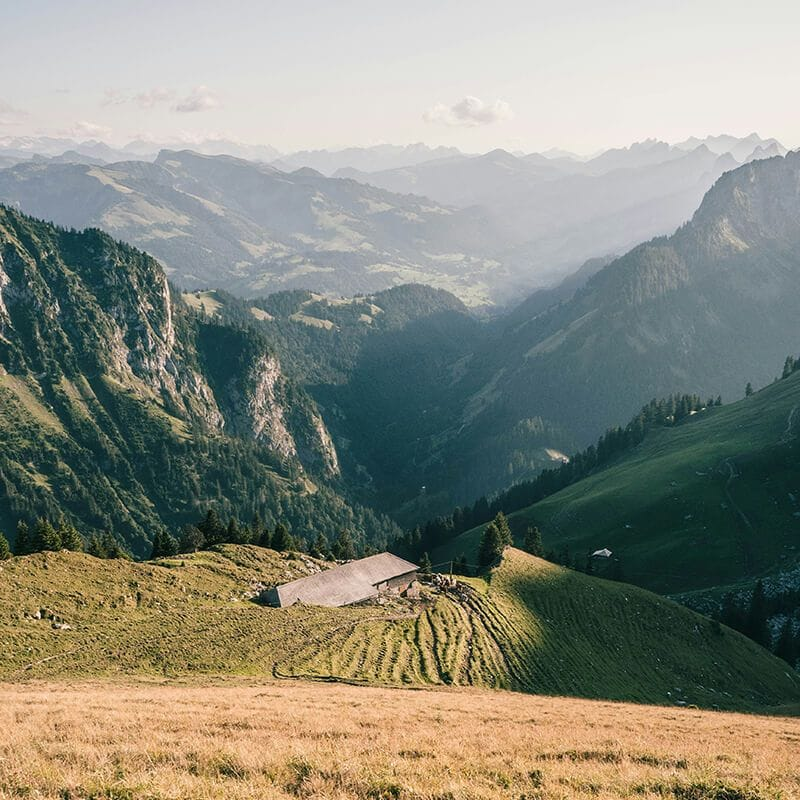Congratulations to our Winter Giveaway winners !! Thanks to all who participated!
Page Not Found!

8 Hot Tower Tips
Hey, folks, I’m a long-time Garden Tower® 2 Organic Container Ecosystem user. While I haven’t blogged all that frequently, I have been following the posts and looking at common themes. So far, the common theme is: “Help! I don’t know what I’m doing!”
I have been using the Garden Tower® 2 vertical planting system for four years now, and the main advice I’ll give you is this: you would only get better through trial, error, and doing your homework.
I do seasonal work at a garden center, and many customers don’t know anything about planting other than to give it water and sunlight. If this is YOU, then expect to get frustrated by all the failures you will have. While gardening shouldn’t be difficult, there are a few little things to think about if you want to see some success.
1. Grow only what’s in season
Fruiting plants such as tomatoes, squash, cucumbers, etc., generally love warm weather from 65 degrees to 80 degrees. Weather that is consistently from 45 to 65 degrees is more suited for leafy green veggies and root veggies.
2. Temperature Affects Water Availability
The hotter it is, the more you have to water. The cooler it is, the less you have to water. Cooler temps keep the plants from losing too much water from their leaves. Plants do “sweat” in the form of water evaporation.
3. Make Sure the Soil is Wet
When you water your plants, make sure the soil is thoroughly wet. Some soils are, in a sense, “water-resistant” in that water cannot easily penetrate through the soil. So while your soil looks wet on the top, it’s bone dry inside. This is one reason why plants die despite being watered.
4. Know When to Add Fertilizer to Plants
Potting mixes already have fertilizer, so there is no need to use fertilizer on a fresh bag of potting mix. If you choose to fertilize, get a slow-release fertilizer instead of fast-acting fertilizer so you won’t risk pumping too many nutrients in the plants too quickly. Also remember that if you use worms, there won’t be a serious need for fertilizer.
5. There is a difference between the morning sun and the afternoon sun
If your summers get to 90 degrees or beyond, the plants will halt production and may start wilting if they get too much afternoon sun. Morning sun is better for the plants in the summer, but afternoon sun is better during the spring and fall time as the plants get the sunlight instead of the intense heat. During the summer, the south or southwestern part of your home would be HOTTEST while the north or northeastern part would be coolest.
6. Grow flowers around your garden
They look pretty, of course, but they also attract pollinators. The more intense the fragrance that they produce, the more pollinators they would attract. Flowers from fruits and veggies don’t produce a strong enough scent to attract many pollinators. If you get flowers, make sure they love the sun as you have “sun-loving” flowers and “shade-loving” flowers. African marigolds (the type with the poofy flowers) are my number one flower to plant as they produce a strong scent and have a bold flower.
7. Keep your garden neat and tidy
If your garden is raggedy, then it will prevent airflow, promote pests and disease, and prevent water from getting into the soil.
8. Don’t give up!
If you put the investment into buying the Garden Tower® 2 system, then get every penny back from it by using and abusing it.
Related Articles
Connect with us @GardenTowerProject
















Want to know more?







